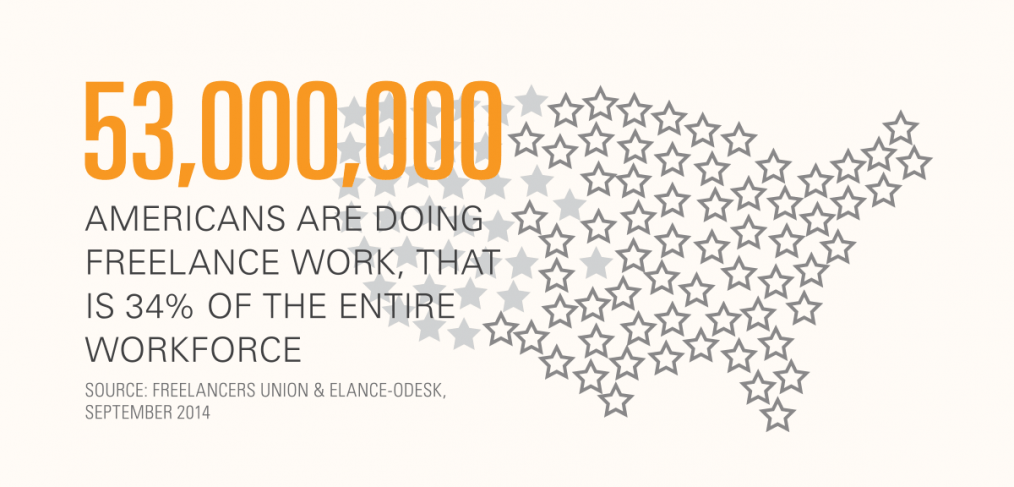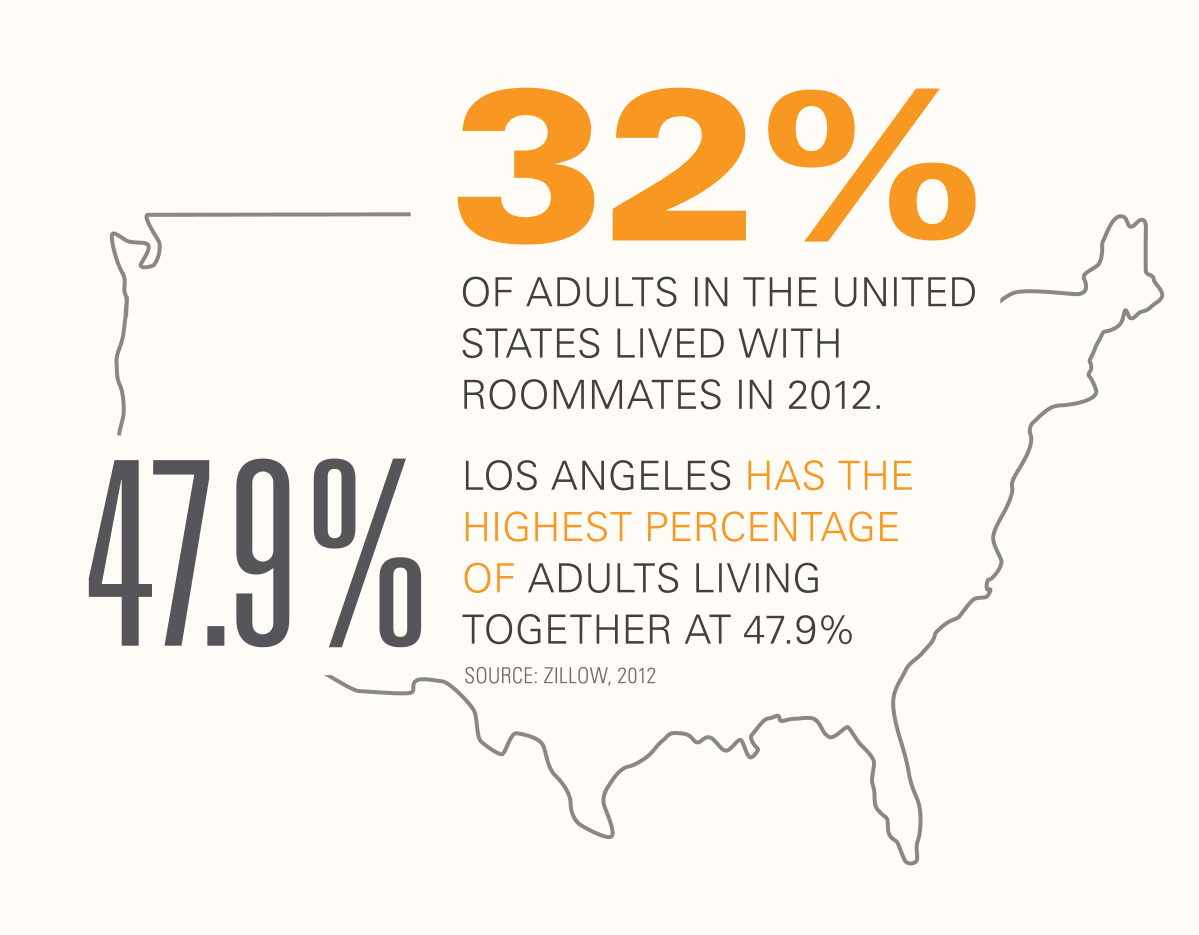
DATÜM: RIP Single-Use Buildings.
Convergence has never been hotter. Myopic, stale single-use models are out; stacked, multi-use hybrids are in. See how social codes transform how we design buildings for urban, non-traditional lifestyles and a shifting workforce. What will the building of the future look like? Well, that may depend on who’s asking.
INFLUENCE
Societal preferences continue to add pressure on developers and designers to deliver a building that answers all of the needs of the non-traditional urban dwellers of today. This adds to the complexity of stacking different uses and properly programming a building capable of appealing to a diverse group and remaining resilient under fluctuating demographic and economic conditions. The lines demarcating space for specific building functions are increasingly blurred.
Aside from the migration out of the burbs and back into the city core, what else is at the heart of this shifting tide? Non-traditional jobs are on the rise, and the acceptance of the modern family is pushing developers to re-think their assets and concentrate on what constitutes an ideal living and working environment. Society is no longer focusing on traditional family milestones—they are starting families later or opting out completely which is changing the multifamily residential landscape. This cultural shift, along with economic pressures, have had a tremendous impact on the typical square footage and unit sizes offered within densely populated cities and micro-units and live/work spaces are on the rise. Buildings that offer a fuller range of amenities and inventive, public spaces are a trade-off for lower asking rents, smaller living quarters and fluid working spaces. As technology continues to advance and cities become more walkable, this connected, mobile employee can have control over where they work and when they work. Flexibility is at the forefront of design and on the minds of potential tenants, and a building that was once designed for a single use just isn’t marketable anymore.
- Over 90% of Seattle’s New Buildings Are Mixed-Use or Multi-Family [source: The Urbanist, February 2015]
- 72% of high school students want to start a business someday and 61% would rather be an entrepreneur than an employee when they graduate college [source: Millennial Branding, February 2014]
INSPIRE
Unique hybrid spaces cut out the commute, amplify design and enable people to live with less by offering a flexible, tailor-made experience all within one place.
Shared Economy2
Popular co-working space WeWork will soon launch WeLive—a project that combines WeWork’s famously fun work spaces with dorm-style micro apartments. On the residential side, national real estate developer Vornado is planning to convert a 1960s vacant office building in Crystal City, VA to innovative apartments that will offer shared amenities and a unique floor-by-floor “neighborhood” culture. Common is another co-living company launching this fall.
Free love Freelance Incubators
Advances in technology has given rise to a digital labor force and myriad changes in the way people work and live. Pure House, a social entrepreneur’s Disneyland located in Williamsburg, Brooklyn, is a community of social change agents and innovators who live, work and create together in an effort to encourage purpose-driven lifestyles. At 100% occupancy and $1,800-$2,000 per month, conveniences and amenities include weekly house cleaning, laundry services, meal plans, artist workshop space, holistic health coaching and group fitness classes. 20Mission is a 41-room community in San Francisco for art and technology creators in the heart of the Mission District. Founded in 2013, Krash has locations in Boston, New York and Washington, DC with plans to expand.
Untapped Potential, Regenerating Urban Life
With prime real estate sparse in major cities and mass transit on the rise, spaces that have lost their originally intended purpose are being targeted for upgrades. Convergence takes on a new meaning at 1111 Lincoln Road in Miami. This beautifully designed destination car park includes residences, a rooftop restaurant, event and retail spaces and, of course, parking. Bootstrap UK transformed a once forgotten rooftop space into Dalston Roof Park, an urban oasis that features programmed events, affordable workspace, a community garden, pop-up bar and film nights for a small membership fee.
INVENT
For this group of digital nomads, it’s about technology, flexibility and community-building. Harness this entrepreneurial spirit and changing family dynamic into an authentic, holistic experience.
- Give the people what they want.
- Remember the days when it was widely unacceptable to live together prior to marriage and people dreamed of moving into the large corner office space? Times, they are a’changing. People are willing to give up a larger living space for better experiences and the corner office is just an urban myth for younger generations entering the workforce.
- Focus on user-generated spaces and equitable design. It’s more about quality of life for a better return on investment. Crowdsource ideas for public spaces in your building to produce better concepts for the people actually using it.
- Find the perfect, flexible mix.
- Create suitable private and communal spaces, but be a little rebellious. Don’t program in the typical expected options. Shake things up a bit and look beyond your competition and industry for inspiration.
- These live/work concepts aren’t just reserved for the crunchy, tech-employed millennial. However, know that this type of lifestyle isn’t for everyone, everywhere. To survive, it has to be in the right neighborhood. Digerati dorms in San Francisco and Silicon Valley have already started to take off; and incubator space in LA is growing rapidly.
- Plan for the future.
- Don’t take today’s rules too seriously. Have a strategy in place for an enhanced technology infrastructure, plan to be net-zero ready, anticipate changing zoning regulations and capitalize on right sizing and scale jumping. This will save time and money and help to future-proof your asset.
- Innovative companies don’t ignore these obvious changing demographics. Instead, they pay close attention to what upcoming generations are interested in and offer creative solutions within their design to better fit their needs and stay ahead of the competition.


Very cool, Kristin! Fascinating info about buildings in Seattle … and all the rest!
Kristin, a wonderful article! Very eye-opening and thought provoking! Keep us thinking!
Thanks.